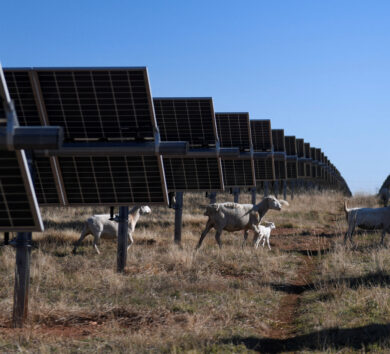
On a monthly basis inflation fell by 0.4%

The United Kingdom’s Office of National Statistics is reporting that inflation in the country rose to 10.1 per cent in January 2023 while the Consumer Prices Index including owner occupiers’ housing costs (CPIH) rose to 8.8 per cent.
The CPIH and the Consumer Price Index (CPI) in December 2022 was 9.2 per cent and 10.5 per cent respectively. Since January 2023, the largest upward contributions to the annual CPIH inflation rate came from increases in the divisions ‘housing and household services’ (principally from increases in electricity, gas, and other fuels) and increases in food and non-alcoholic beverages.
On a monthly basis, CPIH fell by 0.4 per cent in January 2023, but changed little in January 2022. The largest downward contribution to the change in both the CPIH and CPI annual inflation rates between December 2022 and January 2023 came from transport (particularly passenger transport and motor fuels), and restaurants and hotels with rising prices in alcoholic beverages and tobacco making the largest movement, which partially offset the downward change.
“The main drivers of the annual inflation rate for CPIH and CPI are the same where they are common to both measures.”
Office of National Statistics
On a monthly basis, CPI fell by 0.6 per cent in January 2023, in comparison to a 0.1 per cent decline in January 2022. According to the ONS, “the main drivers of the annual inflation rate for CPIH and CPI are the same where they are common to both measures. However, the owner occupiers’ housing costs component accounts for around 16 per cent of the CPIH and is the main driver for differences between the CPIH and CPI inflation rates. This makes CPIH our most comprehensive measure of inflation”.
As such, the CPIH all goods index rose by 13.3 per cent in January 2023, down slightly from 13.4 per cent in December 2022. The easing in the rate has been led by a downward contribution to the change from industrial goods with overall energy prices rising 50.7 per cent in January 2023, down from 52.3 per cent in December 2022.
There was a smaller effect from non-energy industrial goods, in particular: vehicles, spare parts and accessories, and housing goods. This was partially offset by recreational goods, where the annual inflation rate eased slightly from 5.8 per cent in December 2022 to 5.7 per cent in January 2023, which was partially offset by an upward contribution to the change in the rate from alcohol and tobacco.
LARGEST DOWNWARD CONTRIBUTION
The CPIH all services index rose by 5.2 per cent in January 2023, down from 5.8 per cent in December 2022, which was the highest rate since 6.0 per cent was observed in August 1992. The largest downward contribution to the change in the rate between December 2022 and January 2023 was from falling prices for passenger transport services.
The core CPIH (excluding energy, food, alcohol and tobacco) annual inflation rate fell from 5.8 per cent to 5.3 per cent between December 2022 and January 2023. Consumer price inflation estimates suggested that the October 2022 rate was the highest observed in over 40 years.
The ONS noted that, “In the more recent month however, the CPIH annual rate has fallen back to levels below the rate of 9.2 per cent recorded just over 30 years earlier, between September and December 1990″.







Comments